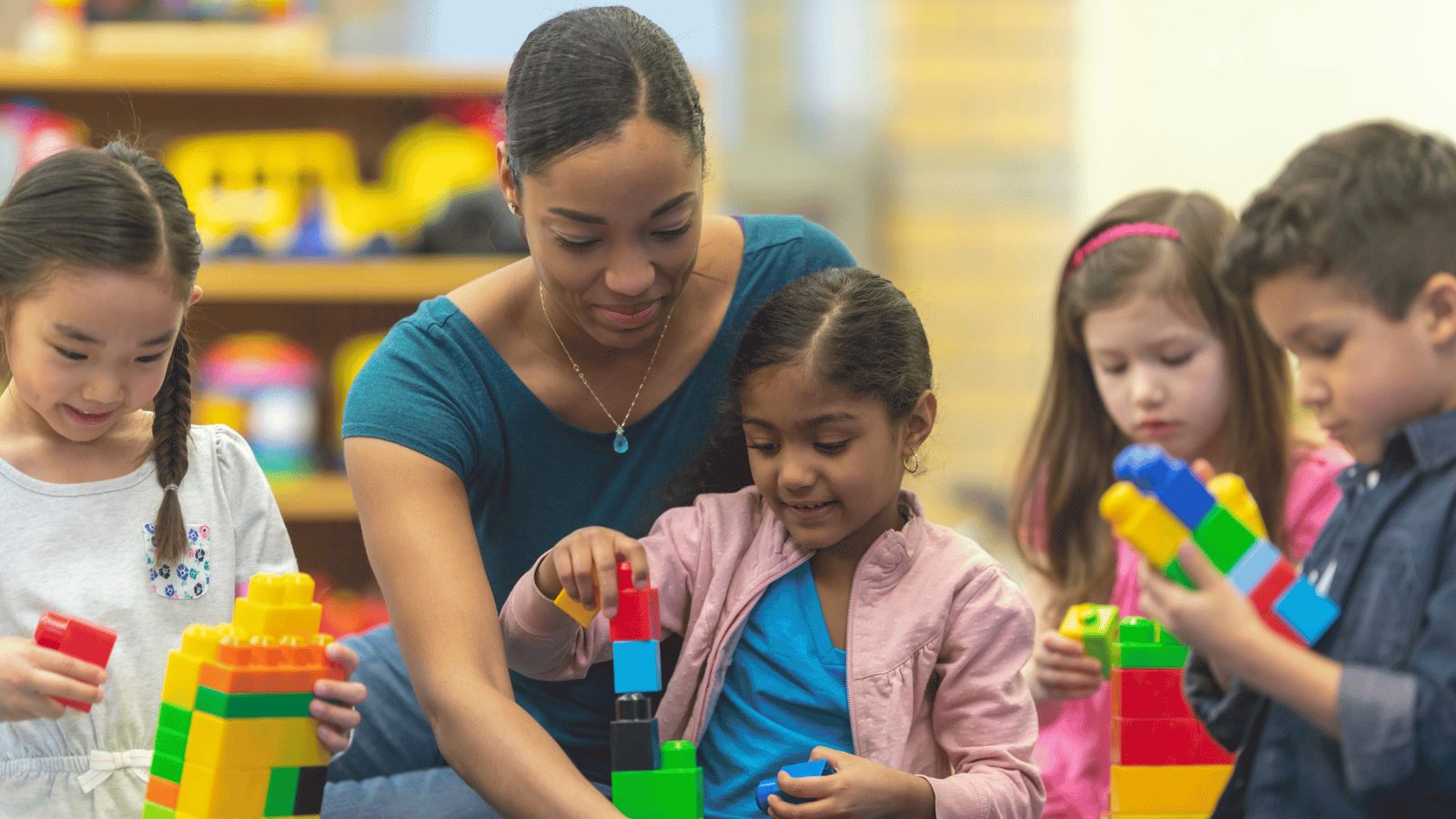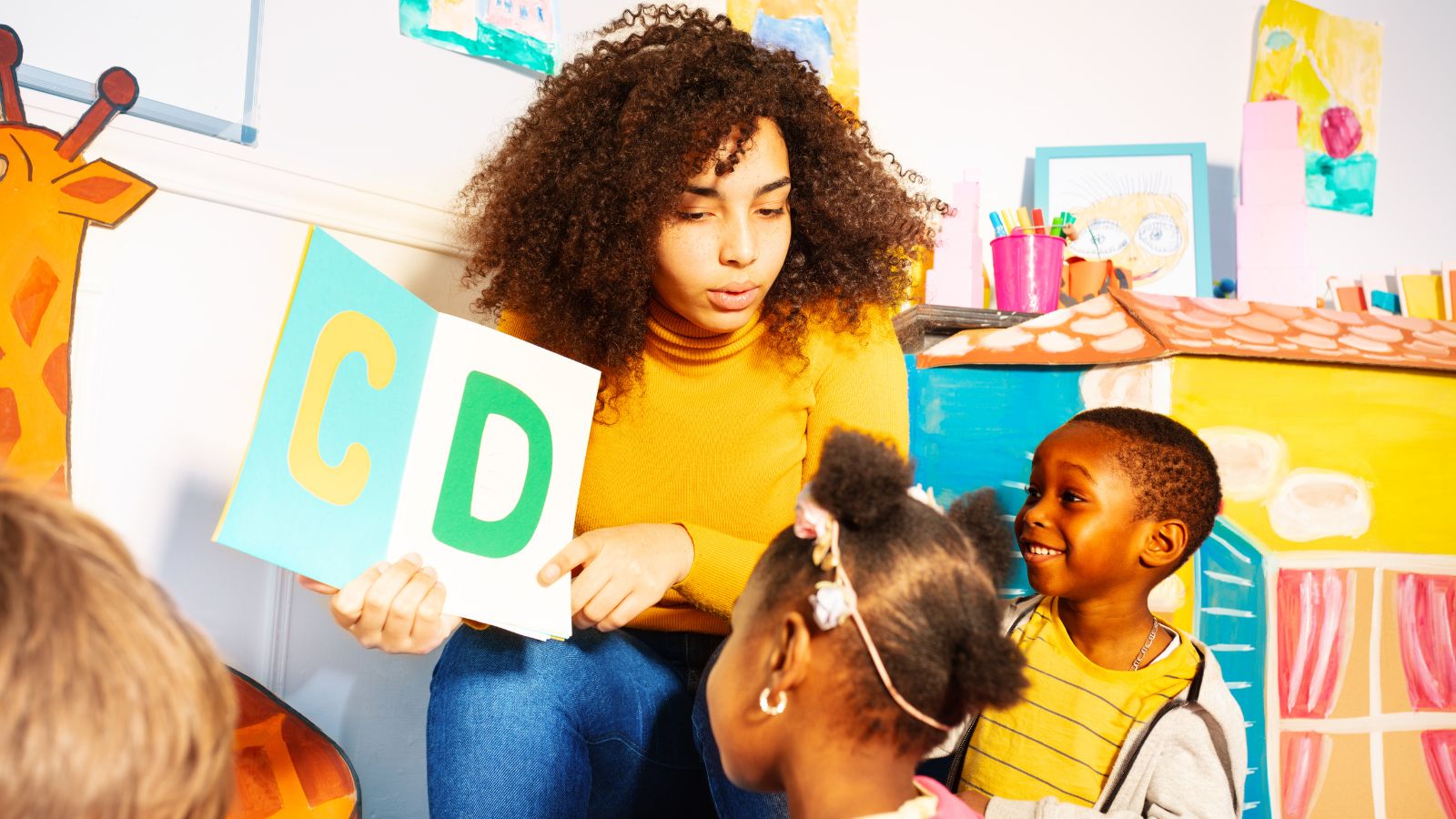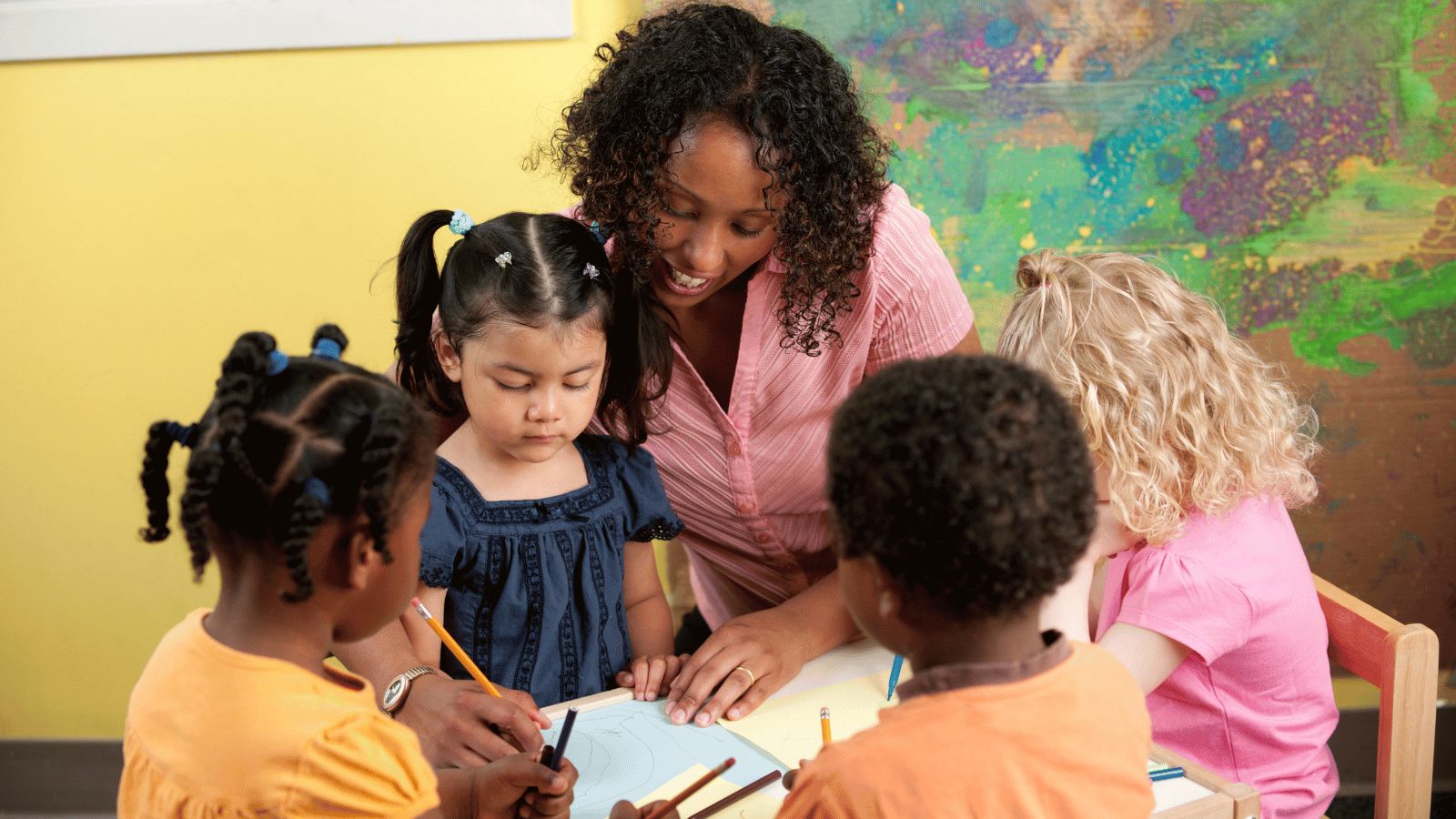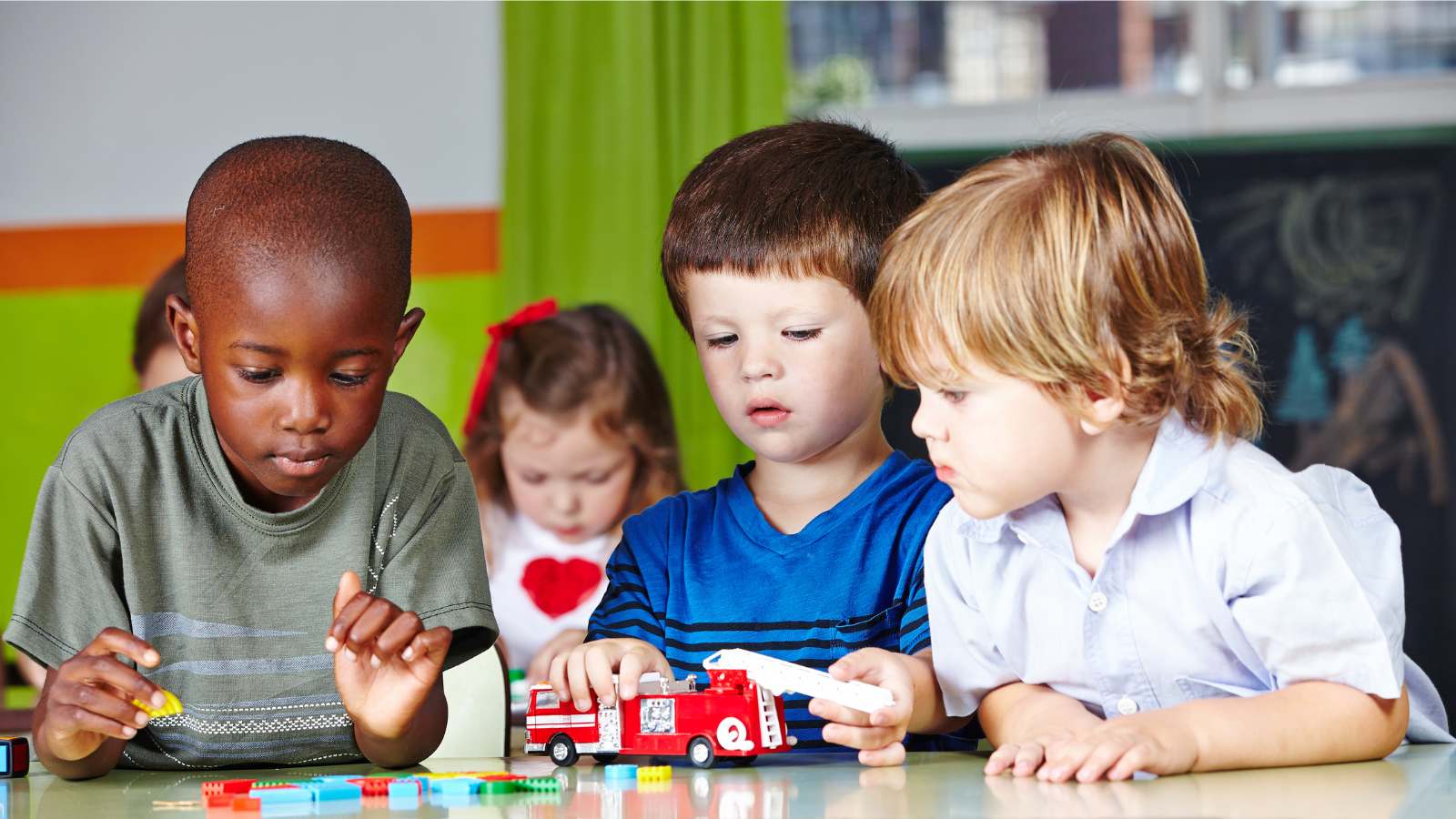In today's multicultural society, early childhood educators play a pivotal role in supporting the development of dual language learners or children learning two or more languages at the same time. As the population of children from bilingual or multilingual backgrounds continues to grow, it is essential for childcare providers and preschool teachers to understand effective strategies for creating inclusive learning environments.
In this article, we will explore the benefits of bilingual education and approaches that educators can implement to support dual language learners in the classroom.
What are dual language learners?
Dual language learners (DLLs) are children between 0 to 5 years old who are learning more than one language. Dual language learners are introduced to new languages when they’re still in the process of learning their primary language. This means they have to master the proficiency of the English language and their native language simultaneously.
What are the benefits of bilingual education?
There are many short-term and long-term benefits that dual language learners enjoy. Below we explore some of those benefits.
Improved cognitive abilities
One of the greatest benefits of bilingual education is that it boosts learners' cognitive skills development. Research shows that “a bilingual brain has better task-switching capacity than a monolingual brain because of its ability to inhibit one language when using another.”
Some of the cognitive abilities you may notice in bilingual learners include:
- Ability to think in two languages simultaneously
- Better control over their hearing and speech because of the constant competition between the two languages in their mind, which boosts their brain-control mechanisms
- Ability to switch from one task to another with little to no confusion
- Ability to perform tasks better because of their strong memory skills
Gives learners a sense of belonging
Learning the language of a certain culture makes it easier to also learn about its music, religion, and traditions. This is meaningful to young learners because being able to communicate in their native language connects them to their families and heritage. This sense of belonging gives them confidence to share their language and culture with others in the classroom, encouraging everyone to appreciate and respect other languages and cultures.
Offers all children an opportunity to learn about other cultures
Another benefit of bilingual education is that learners can interact with children from other cultures. Experiencing a different language and learning about other people's cultures allows children to grow up with an open mind. This helps to instill values of curiosity, acceptance, and respect for all cultures.
Supporting dual language learners in preschool
There are multiple ways you can support your dual language learners in the classroom. Here are some tips:
Discuss children’s needs before you plan the program
Dual language learners’ understanding of language varies from one individual to another. Some children can speak and understand their native language, while others only understand it.
Talking to each family will help you understand how each child is exposed to their native language at home. This can also help improve behavioral management for children. For example, a child may fail to respond to a certain instruction, like "Take your dish to the kitchen area," because they don't understand English. This can be misinterpreted as a sign of disobedience, which can be frustrating for both the teacher and the child. Talking to the child’s family will ensure that you come up with a program that fulfills their unique needs and strengthens the home-to-school connection.
Enhance teacher-family relationships by capturing and sharing milestones easily with brightwheel's daily report feature. With brightwheel, you can save time and record photos, videos, and learning milestones directly in the app. Families can see how their child is progressing, increasing family engagement with your program.
Aim to understand the children's culture
Another way of supporting dual language learners is by being genuinely interested in their native language and culture. Start by researching the basics of their culture and talking to their family members about their cultural journey. Ask basic questions about:
- The types of food that they eat at home
- The cultural activities they engage in and which ones are their favorites
- The frequently used words—this can be words of color, emotions, greetings, etc.
Introduce thematic lists early on
Thematic lists help children categorize new information. These lists act as groupings that you can use to teach children related words or topics. The process helps them relate similar items.
Teaching thematic lists can be introduced gradually so children can absorb the concepts and make connections. You can accomplish this by coming up with a list of thematic words and teaching the words within that category in small groups. For example, you can focus on “school supplies” as your first theme and teach children how to name erasers, pencils, notebooks, sharpeners, crayons, glue, and other supplies in both languages. This will ensure that children fully grasp the first theme before moving onto the next.
Show your children that diversity is a strength
As a bilingual educator, one of the most important lessons you’ll have to teach preschoolers is the importance of embracing diversity. Be a role model to your children by teaching them that their differences are their strengths. You can do this by encouraging children to share their cultures with one another. This helps children to view their differences as their special attributes.
Diversity in early childhood programs can refer to ethnicity, social and economic backgrounds, age, culture, or language. By teaching children to embrace diversity, you're preparing them for the real world. They'll grow into adults who are empathetic toward people of all backgrounds.
Incorporate music in different languages
Music is an easy way for children to learn and experience different languages in the classroom. Music greatly impacts the brain, and lyrics tend to be repetitive and easy to remember. Playing a variety of music can help children enjoy other cultures without being pressured to understand them. You can also use music as a way to encourage movement and teach children traditional dance moves during the songs.
Read bilingual books
Another creative way to encourage dual language learners is by using bilingual books in the classroom. Use books with interesting pictures and encourage children to describe what’s happening in the pictures in both languages. Be sure to motivate all children to contribute and show appreciation for all answers to encourage group participation.
Utilize the small group work teaching strategy
You might have to go the extra mile for children who are still learning English. For example, before introducing a new book to the class, you can create small groups and read the book in the children's native language. Breaking the content down will make the transition easier and less intimidating for them.
Also, try pairing children who speak the same native language together during group activities. Letting bilingual learners use the language they prefer during group activities boosts their confidence and lays an excellent foundation for learning a new language.
Use visual aids
Navigating the English language can be very overwhelming for new learners. Adding visuals in a classroom can make it easier for dual language learners to comprehend. For example, instead of simply explaining the meaning of "scrubbing" or "washing," it's best to also demonstrate the word through actions and even allow children to do it with you.
One way to accomplish this is through using visual aids, like posters, flashcards, or pictures that demonstrate the lesson visually. For example, you can use flashcards to introduce new words to your children. You can also use pictures of people performing the activities you’re teaching to make lessons more relatable. For instance, instead of explaining the meaning of cleaning, you can take a picture of yourself cleaning the shelves in your classroom.
Bilingual teacher training programs
Bilingual educators are in high demand and a teaching program specializing in bilingual education can further prepare you to work with dual language learners. Here are some programs to consider:
- Loyola Marymount University's Bilingual Teacher Preparation Program
- Montclair State University's Bilingual/Bicultural Education
- Portland State University's Bilingual Teacher Pathway (BTP)
- University of Central Oklahoma's Master of Education in Bilingual Education
- University at Buffalo Bilingual Education Master's Degree
Supporting dual language learners everyday
There are many benefits that come with dual language learning in the classroom. As an educator, it's important to learn effective ways to support dual language learners to ensure they feel included and get the maximum benefits of bilingual education.
Brightwheel is the complete solution for early education providers, enabling you to streamline your center’s operations and build a stand-out reputation. Brightwheel connects the most critical aspects of running your center—including sign in and out, parent communications, tuition billing, and licensing and compliance—in one easy-to-use tool, along with providing best-in-class customer support and coaching. Brightwheel is trusted by thousands of early education centers and millions of parents. Learn more at mybrightwheel.com.








